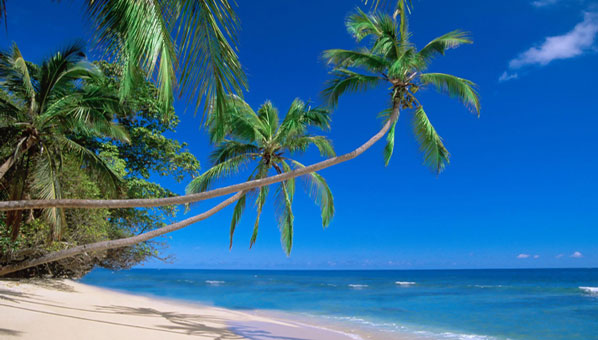
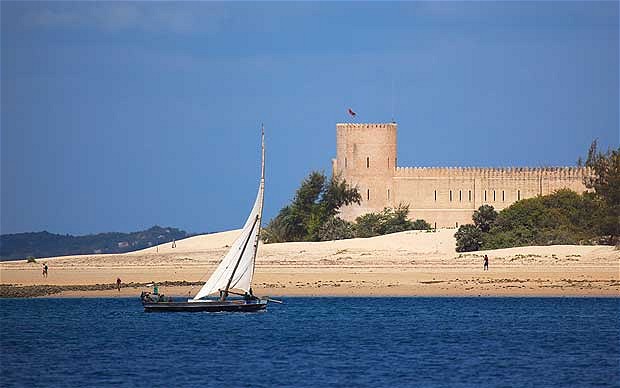
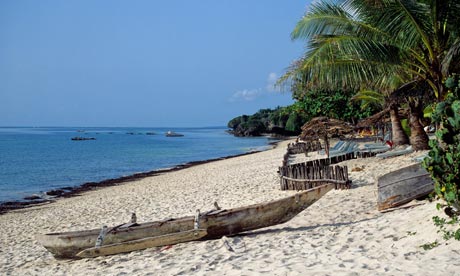
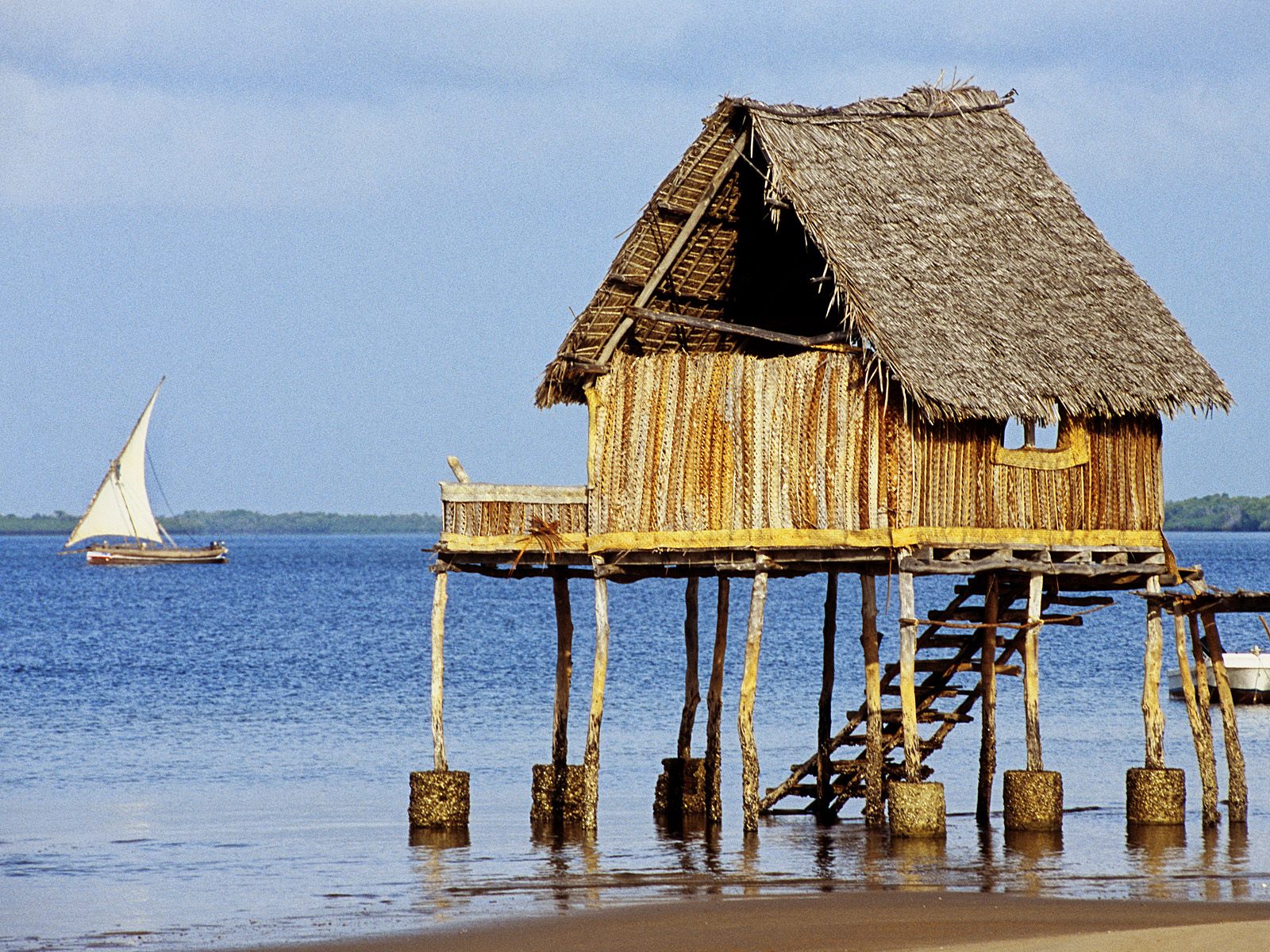
The Geography of Morvalonga
The land is divided into seven climatic zones; the coastal belt, the savannah, the southern and western forests, the central uplands, the lakes and the rift valley.
The coastal belt varies in depth from a few hundred yards to many miles and is made up of a sandy palm clad coastline often backed by swamps before rising to savannah grass lands. The main port cities and many small town line the coast which is very popular with tourists.
 |
 |
 |
 |
Savannah grasslands are hot, dry and rich in wildlife. The area has a low population density. The open savannah is home to nomadic herdsmen, tribal farmers and a few towns and cities. Tourism is a growing industry. With irrigation or close to rivers the land is capable of supporting farms, plantations and cattle ranges.
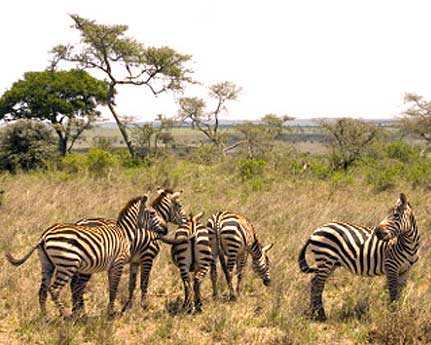 |
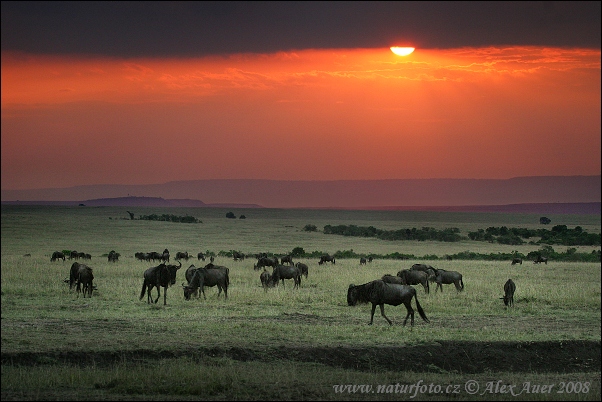 |
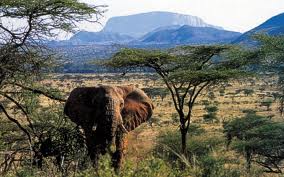 |
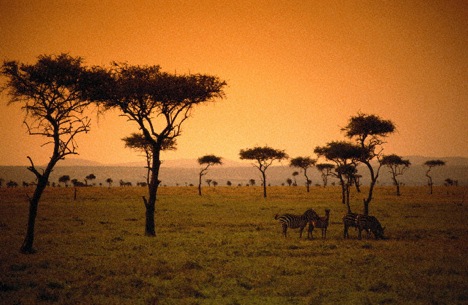 |
Running through the middle of the land are the woodlands of the central uplands. These uplands and mountains are rich in minerals, gold, silver, diamonds and iron. The climate here is also suitable for tea and coffee plantations.
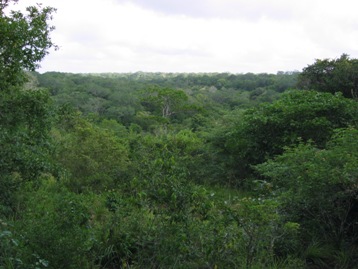 |
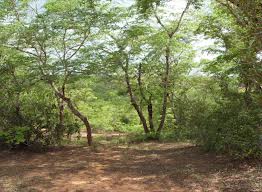 |
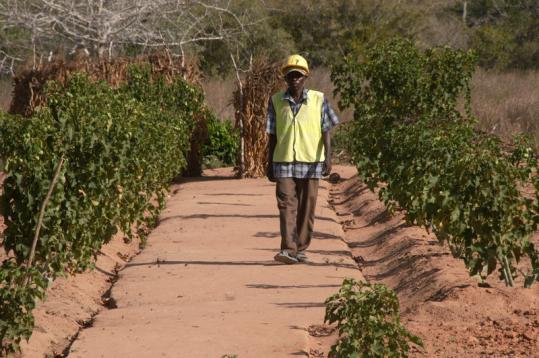 |
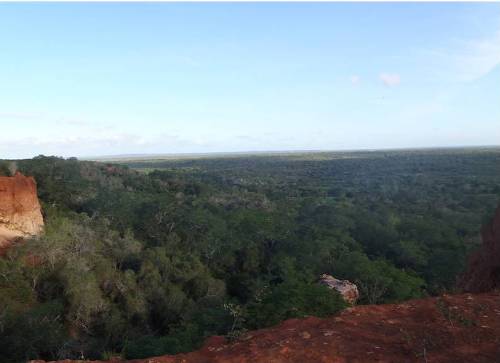 |
The southern and western forests are several areas of varied woodlands of various types ranging from open to dense jungle. The natives here harvest bananas, rubber and other fruits.
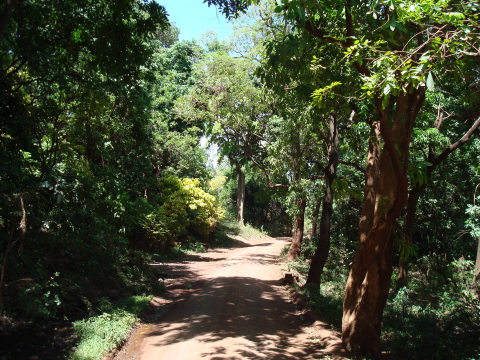 |
 |
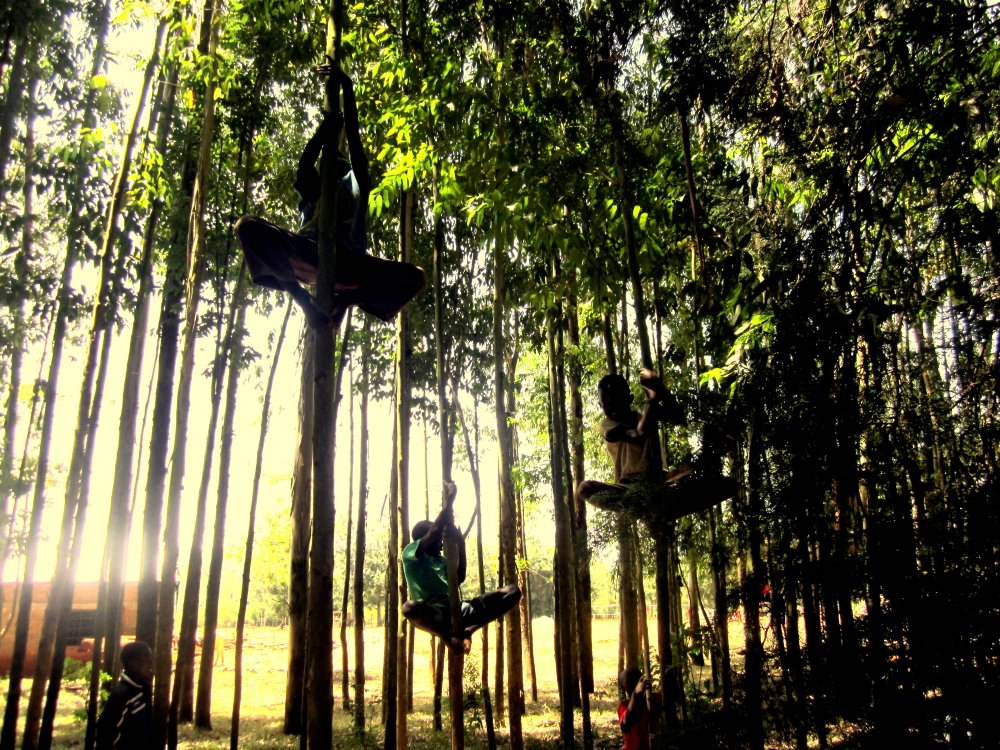 |
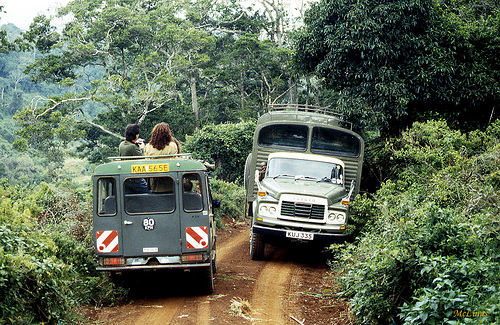 |
The lake lands are characterised by long narrow lakes interspersed with waterways, marshes and pools. Around the lakes are fishermen, flower and vegetable farms as well as maize, casavas and other fruits and vegetables.
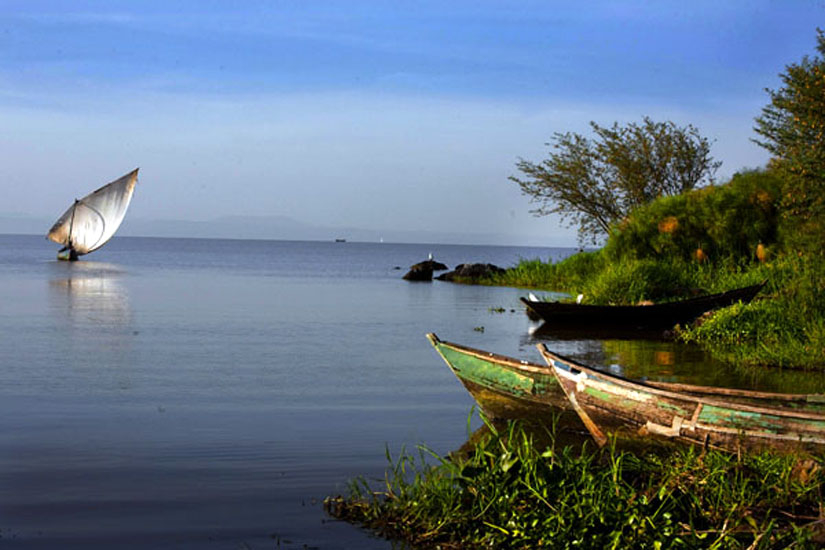 |
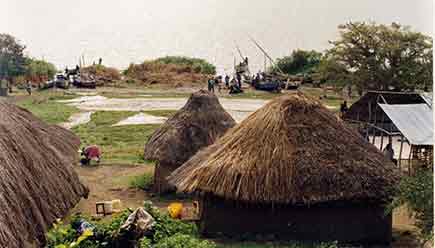 |
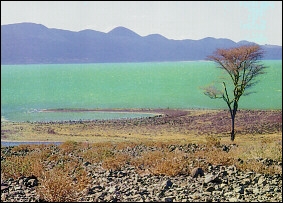 |
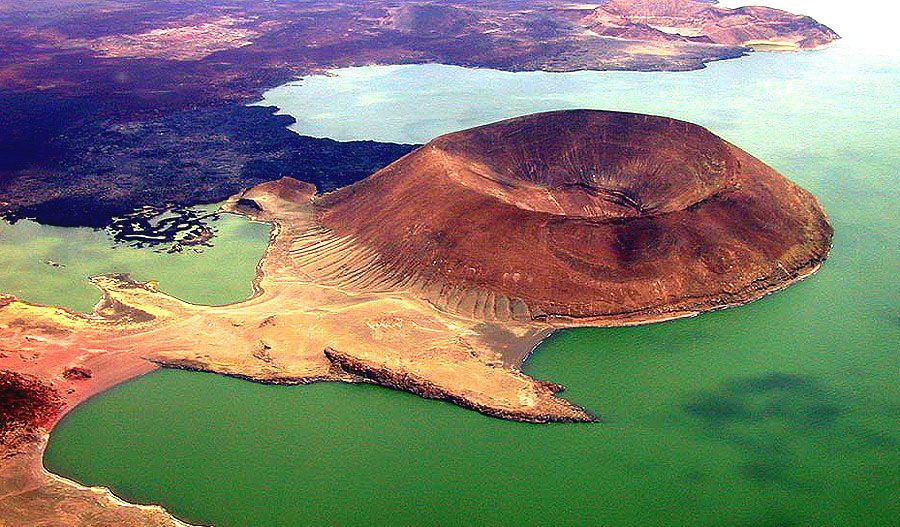 |
The rift valley forms the western boundary and the deep flat valley floor is volcanic. There are active and dormant volcanoes, geothermal lakes and chemical deposits. This region supports the most productive farms and hence the population is dense. Often it is too dense for the land to support and this leads to encroachment on the national parks. In addition the stresses of finding land enough to feed the families often leads to violence and small wars amongst the families and tribes.
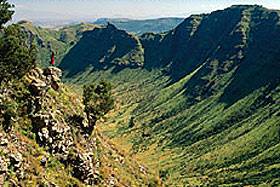 |
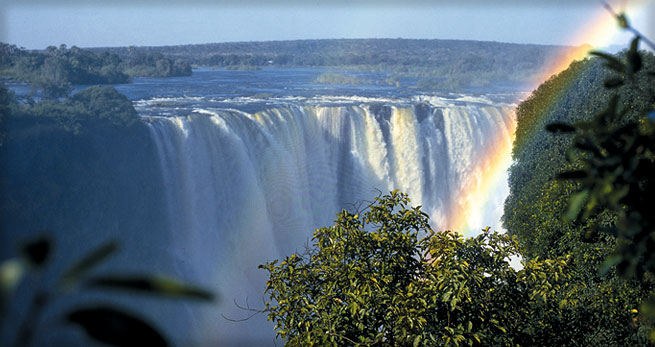 |
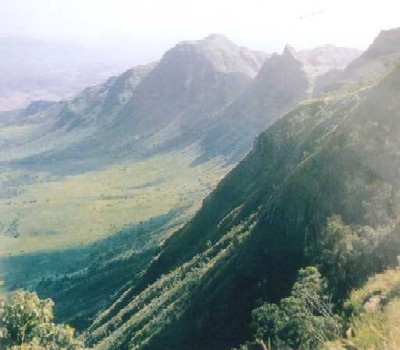 |
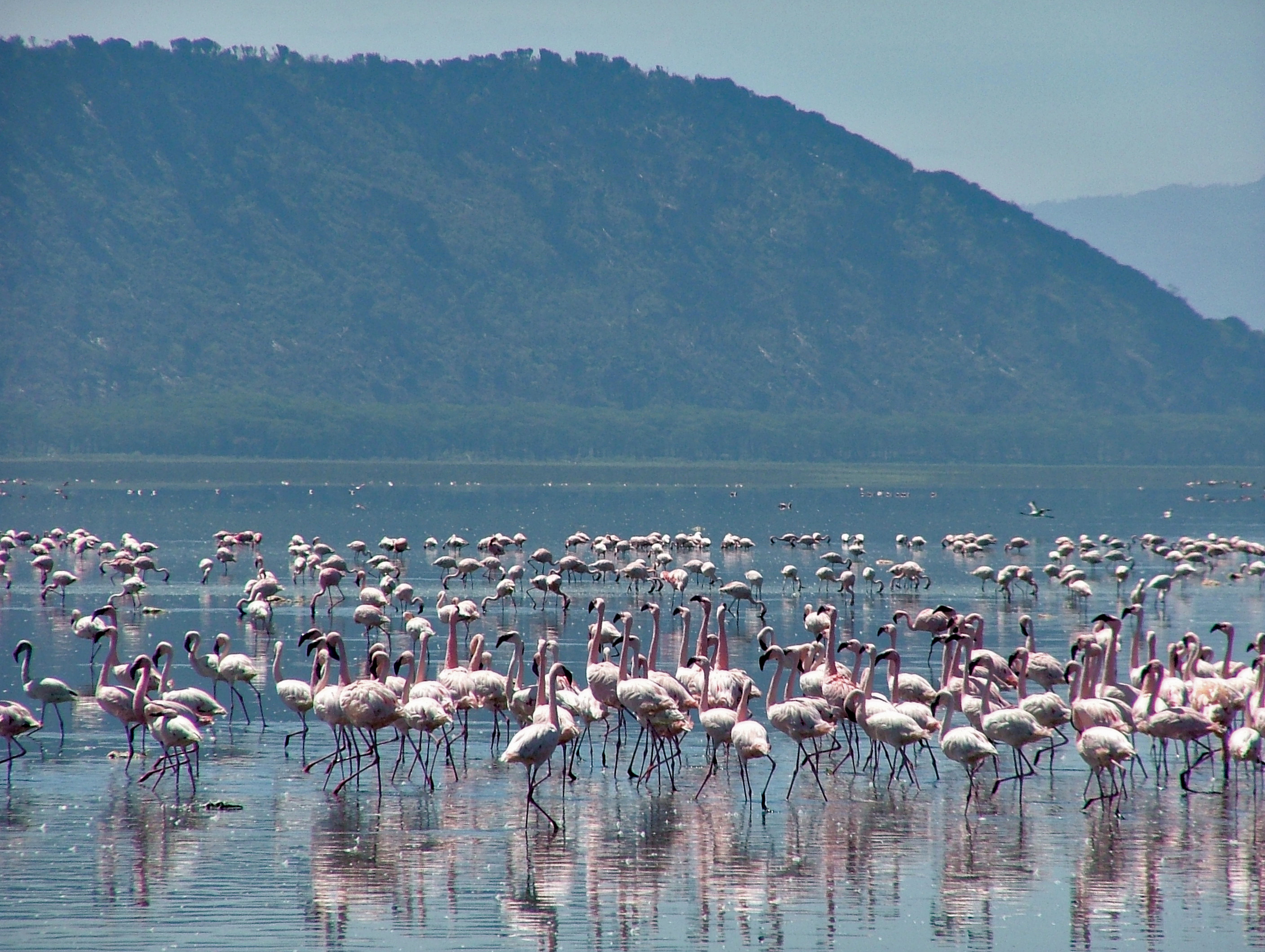 |
River valleys cut the land and some have large rivers flowing through them others misfit rivers and several have only the remnants of waterways.
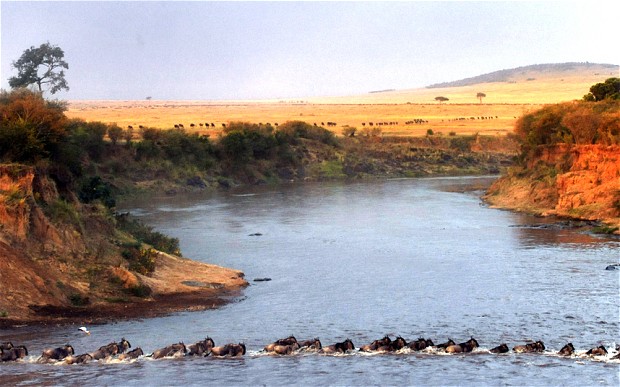 |
Summer is hot and dry and the rainy season sees
torrential rain, widespread flooding and flash floods further away.
On to the Geography of Morvalonga
On to the People of Morvalonga
On to the Resources of Morvalonga
On to the Buildings of Morvalonga
Back to the Morvalonga Main page